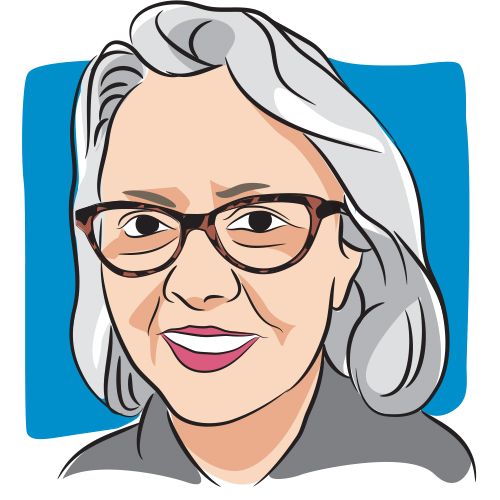Article
Is My Drinking Water Carcinogenic Now, Too?
Author(s):
Since being diagnosed with breast cancer, I’ve been vigilant about reading the labels of items I buy to see if they contain carcinogens, but I never thought about the potential chemicals in my drinking water... until recently.
Recently, residents of our county received some disturbing news in the mail. Notices were sent out stating the county water system had a total trihalomethanes (TTHM) violation. In essence, our water was tainted. Naturally, I was concerned. I drink a lot of water each day to stay hydrated.
The notice stated there was nothing residents needed to do. We didn’t need to boil the water or become alarmed. But I begged to differ, especially when I read the following statement from the notice: “Some people who drink water containing trihalomethanes in excess of the MCL (maximum contaminant levels) over many years, may experience problems with their liver, kidneys or central nervous system, and may have an increased risk of getting cancer.”
I was petrified! As a cancer survivor, I’d done everything since diagnosis to avoid contact with carcinogens. I’d become hypervigilant over everything that came into my home. All cleaning products, makeup, even craft supplies were scrutinized. If anything contained carcinogenic ingredients, it went straight in the trash. I never dreamed I’d need to monitor the drinking water.
According to information on the internet, “Total trihalomethanes (TTHM) are a group of disinfection byproducts that form when chlorine compounds that are used to disinfect water react with other naturally occurring chemicals in the water. They are colorless, and will evaporate out of the water into the air. There are four significant TTHM potentially found in disinfected drinking water and their combined concentration is referred to as total TTHM...All water systems that use chlorine to disinfect the water are required by federal and state law to sample for TTHM on a regular basis (quarterly, or once every three months).”
Although our country MCL was 0.081, the acceptable level was 0.080. That one percent, or whatever the 1 represented was more than the state permitted and that spoke volumes to me.
I’m thankful laws regulate testing and thankful that the county water and sewerage authority notified residents quickly, but I also feel some responsibility. I hadn’t done enough to protect myself. I should have installed a water filter on my faucet immediately after diagnosis, but at that time, I wasn’t as “cancer aware” as I am now. I also could have opted for bottled drinking water, there are many options available – spring water, purified water, glacial water, etc., but it’s so easy to take a daily necessity for granted and I had.
If the water system was tainted once, it will more than likely happen again. This was a wakeup call for me. I’ve already begun researching water filtration systems and plan on installing one this weekend.
Cancer is a big deal and keeping it at bay is an even bigger one. I’ll do whatever it takes to protect myself and my loved ones. That includes paying more attention to our county records, especially those related to the purity of our water.
I tell others that they can protect themselves from carcinogens by reading every label carefully. Sometimes cancer warnings are in small print. If in doubt about a product, the American Cancer Society has a quick reference guide to known carcinogens.
Always follow the directions for products carefully and if a product recommends the use of a face mask, gloves or working in a well-ventilated area, heed the warnings.
There are many alternatives to chemical cleaning products. Baking soda, lemon juice and vinegar are just a few of the ones I use regularly in my home.
Not every product that touts a cancer warning will cause cancer, but it could, why take an unnecessary risk? Carcinogens are dangerous. They affect the structure of a cell’s DNA. If you can avoid them, do.
For more news on cancer updates, research and education, don’t forget to subscribe to CURE®’s newsletters here.




